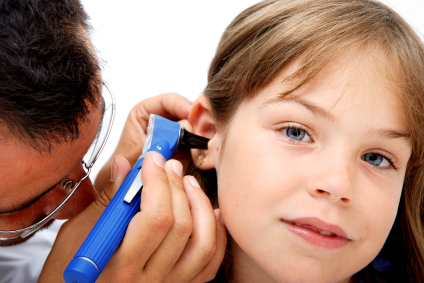 As the use of ear buds and noise cancelling head phones becomes more prevalent, and as our population ages, the demand for audiologists is increasing. Individuals who savor aspects of helping and healing people, but do not enjoy the more grisly side of medicine may want to consider a career in audiology.
As the use of ear buds and noise cancelling head phones becomes more prevalent, and as our population ages, the demand for audiologists is increasing. Individuals who savor aspects of helping and healing people, but do not enjoy the more grisly side of medicine may want to consider a career in audiology.
An audiologist has the capacity to diagnose and treat hearing difficulties, communication disorders and balance issues. Employing a variety of technology, tools and tests, audiologists ascertain precise types of hearing issues, measure hearing loss and establish possible causes. Treatments can range from simply cleaning the ear canal to outfitting cochlear implants.
Audiologist Job Duties
Audiologist tasks include defining patients’ hearing impairments, operating diagnostic equipment and establishing degrees of hearing problems. Audiologists then interpret and communicate test results and propose treatment plans. Other responsibilities include dispensing and fitting hearing aids, administering tests of balance and fitting and tuning cochlear implants. When warranted, audiologists refer patients for surgical evaluation to a specialist.
Additionally, for those patients who are frequently in loud environments or workplaces, audiologists can offer tactics to guard against hearing loss. For those patients who have permanent hearing loss, audiologists teach auditory coping and compensation skills.
Audiologists are continuously monitoring the quality of client’s results. Outcomes must be reviewed, assessed and, if needed, redesigned.
Since audiologists are a component of a team that includes speech pathologists, physical therapists, occupational therapists and physicians, audiologists must have the capacity to be collaborative. Patients must be guided through the network of specialists and tasks on their way to improving communication and hearing difficulties.
Typical Audiologist Work Environment
Some audiologists have their own practice, while others share offices with other allied health professionals, such as speech and language therapists. Additionally, audiologists work in hospitals, long-term care facilities, rehabilitation centers, schools, community clinics, research laboratories and health departments. Contract audiologists work in an assortment of settings and travel from location to location as needed.
Education Opportunities
Audiologist candidates must have a doctoral degree to become licensed. All U.S. states require some sort of audiology licensing to practice. An audiology doctoral program typically lasts for four years. Coursework can include anatomy, physiology, physics, genetics, normal and abnormal communication development, diagnosis and treatment, pharmacology and ethics.
In some states, graduate programs must be accredited by the American Board of Audiology. Audiologists can also earn their certification credentials by earning the Certificate of Clinical Competence in Audiology, which is provided by the American Speech-Language-Hearing Association. Specializations in audiology can include geriatric audiology, pediatric audiology or educational audiology.
For self-motivated students, an online doctorate program may be an option. Online audiology doctoral programs are organized to equip students with information about the structure of the ear, auditory neurology, the diseases and disorders that affect hearing and approaches to manage pathological issues. Other online courses may include professional responsibilities and hearing technologies.
Because clinical hours are required as part of an audiology doctoral program, online students need to investigate if they will have access to clinics or hospitals in their area. Those students who do not have audiology clinics locally may have to check with their university’s admissions office to discover options they have in fulfilling their clinical rotation requirements.
Salary and Employment Projections
According to the U.S. Bureau of Labor Statistics, the median wage for audiologists in 2010 was $66,660. The demand for audiologists is expected to grow rapidly between 2010 and 2020, according to projections by the Bureau. However, since the field is relatively small, a projected 35% job growth is only expected to produce 4,800 jobs nationwide.








